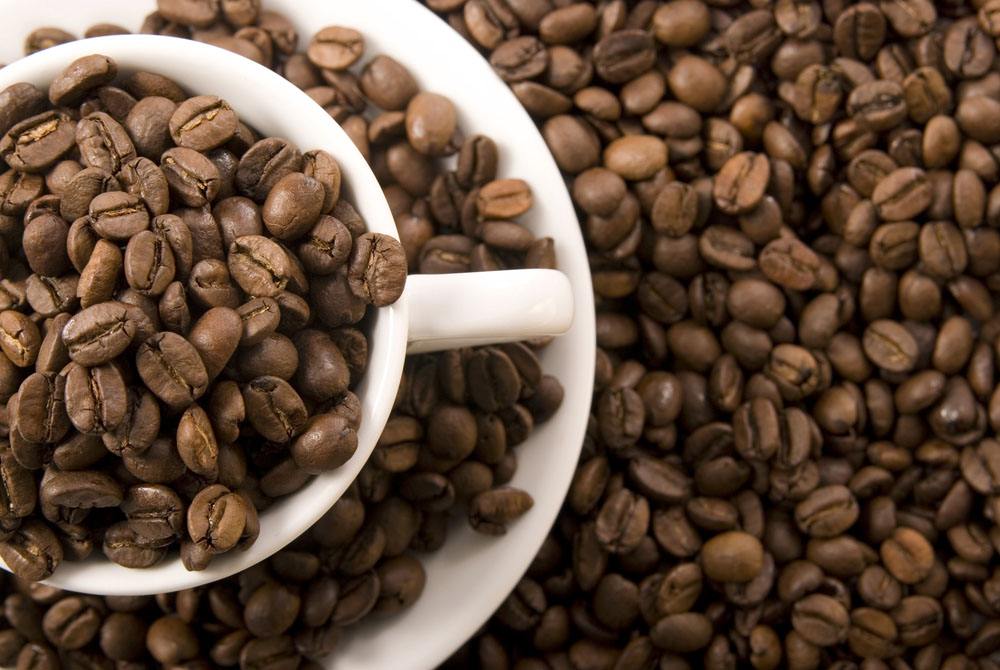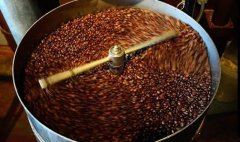Latitha Manor single Pin Bean Manor Distribution Coffee Bean treatment method description of planting History and Flavor

Professional barista communication, please pay attention to coffee workshop (Weixin Official Accounts cafe_style )
Volcanic soil, high altitude, wet and rainy climate, and active volcanic activity create unique geographical conditions in the Farrakhan Plateau region. Pacaya Volcano in this region is the most active of the three active volcanoes in Guatemala, leaving the Farrakhan Plateau often covered in a thin layer of dust and providing sufficient minerals for the Farrakhan Plateau soil. Coffee beans dry during the sun season in the Farrakhan Plateau. Although it tends to be cloudy and foggy in the early morning, it dissipates quickly, ensuring sunny conditions in the area.
Coffee cultivation at Latissa Estate in Farrakhan began in 1920. The estate is planted with bourbon, kadura, pacamara, etc., and has a variety of varieties. Of the total area of 205 acres (4046.8 square meters per acre), 173 acres are used for coffee cultivation, and the other 32 acres of native forest are home to various wild species. There are several natural springs on the farm, which provide sufficient and high-quality irrigation for the coffee plantations in the dry season and are also the source of power for the coffee processing plant (water for water treatment).
Hand washed Guatemala Latiza. 15g powder, medium grinding (small Fuji ghost tooth knife 4 grinding), v60 filter cup, 88-89 degrees water temperature, the first injection of 30g water volume, 27 seconds of stewing, injection to 105g water volume cut off water, wait for the powder bed water volume to drop to half, then inject water slowly until 225g water volume, tail section do not, water powder ratio 1:15, extraction time 2:00
Bourbon coffee (French: Café Bourbon) is a coffee produced from the coffee tree cultivated for Arabica coffee bourbon. Bourbon coffee was originally grown in Réunion, also known as Isle Bourbon until 1789. Later occupied by France to connect it to Africa and Latin America, it is now one of the two most popular Arabica coffee producers in the world, with bourbon usually produced at altitudes of 3500 to 6500 feet (1062 - 1972 m).
. Caturra: A single-gene variant of Bourbon, discovered in Brazil in the 1950s, with higher yield and disease resistance than Bourbon, comparable flavor, suitable for cultivation at 700 - 1700 meters, and strong altitude adaptability, but relatively reduced yield at high altitudes.
At present, the classification system of coffee beans in the world is not uniform, and each coffee producing country has its own classification system and classification name, so you may see the following words on the coffee label: "SHB","AA+","Supremo","Extra-Fancy","Round beans/small beans", etc. These are the classification names of coffee beans. Roasted beans sold on the market are sometimes labeled as single-serve coffee. The more detailed the coffee classification, the better the coffee quality. But regular coffee isn't labeled.
Factory Name: Qianjie Cafe Address: No. 10 Baoan Qianjie, Yuexiu District, Guangzhou City Contact: 020-38364473 Ingredients List: Self-baked Shelf Life: 90 Net Content: 227g Packaging: Bulk Taste: Aromatic Coffee Bean Ripe Degree: Coffee Ripe Bean Sugar: Sugar-Free Origin: Guatemala Coffee Type: Other Roasting Degree: Moderate Roasting
Guatemala Finca Las Deliclas
Country: Guatemala
Grade: SHB
Region: Fraijanes, Guatemala City
Altitude: 1675 m
Harvest period: October to February
Treatment method: washing
Breeds: Bourbon, Cadura
Treatment plant: Latissa Estate
Coffee was introduced to Guatemala in 1750 by Father Jesuit, and German colonists developed the coffee industry in the late 19th century. Today, most of the coffee industry is produced in the south of the country. Guatemala has seven major coffee-producing regions: Antigua, Coban, Lake Atitlan, Huehuetenango, Fraijanes, Oriente, and San Mareos. Each region has different climate changes, so coffee beans from each region have their own characteristics, but in summary, Guatemala coffee presents a mild and mellow overall texture, with elegant aroma, and with similar heat number and pleasant acidity such as fruit acids, which has become the aristocracy of coffee.
Flavor: Black tea, floral, rich caramel
Important Notice :
前街咖啡 FrontStreet Coffee has moved to new addredd:
FrontStreet Coffee Address: 315,Donghua East Road,GuangZhou
Tel:020 38364473
- Prev

Description of the flavor of the varieties recommended for single bean cooking in Ladisha Manor
For the exchange of professional baristas, please follow the LaTisha of Guatemala made by hand in the coffee workshop (Wechat official account cafe_style). 15g powder, medium grinding (small Fuji ghost tooth cutter 4 grinding), v60 filter cup, 88-89 degrees water temperature, the first water injection 30g water, 27 seconds of steaming, injection to 105g water cut off, wait for the powder bed water to half and then water injection, slow water injection until 225g water
- Next

Ladisha Manor single bean flavor description, cooking suggestion manor introduces planting history information
Professional baristas Please pay attention to the Coffee Workshop (Wechat official account cafe_style) Coffee was really introduced to Guatemala in 1750 by Father Jesuit, and the coffee industry was developed by German colonists at the end of the 19th century. Today, most of the coffee industry's production takes place in the south of the country. Guatemala has seven main coffee producing areas: Antigua and Cobain
Related
- Does Rose Summer choose Blue, Green or Red? Detailed explanation of Rose Summer Coffee plots and Classification in Panamanian Jade Manor
- What is the difference between the origin, producing area, processing plant, cooperative and manor of coffee beans?
- How fine does the espresso powder fit? how to grind the espresso?
- Sca coffee roasting degree color card coffee roasting degree 8 roasting color values what do you mean?
- The practice of lattes: how to make lattes at home
- Introduction to Indonesian Fine Coffee beans-- Java Coffee producing area of Indonesian Arabica Coffee
- How much will the flavor of light and medium roasted rose summer be expressed? What baking level is rose summer suitable for?
- Introduction to the characteristics of washing, sun-drying or wet-planing coffee commonly used in Mantenin, Indonesia
- Price characteristics of Arabica Coffee Bean Starbucks introduction to Manning Coffee Bean Taste producing area Variety Manor
- What is the authentic Yega flavor? What are the flavor characteristics of the really excellent Yejasuffi coffee beans?

